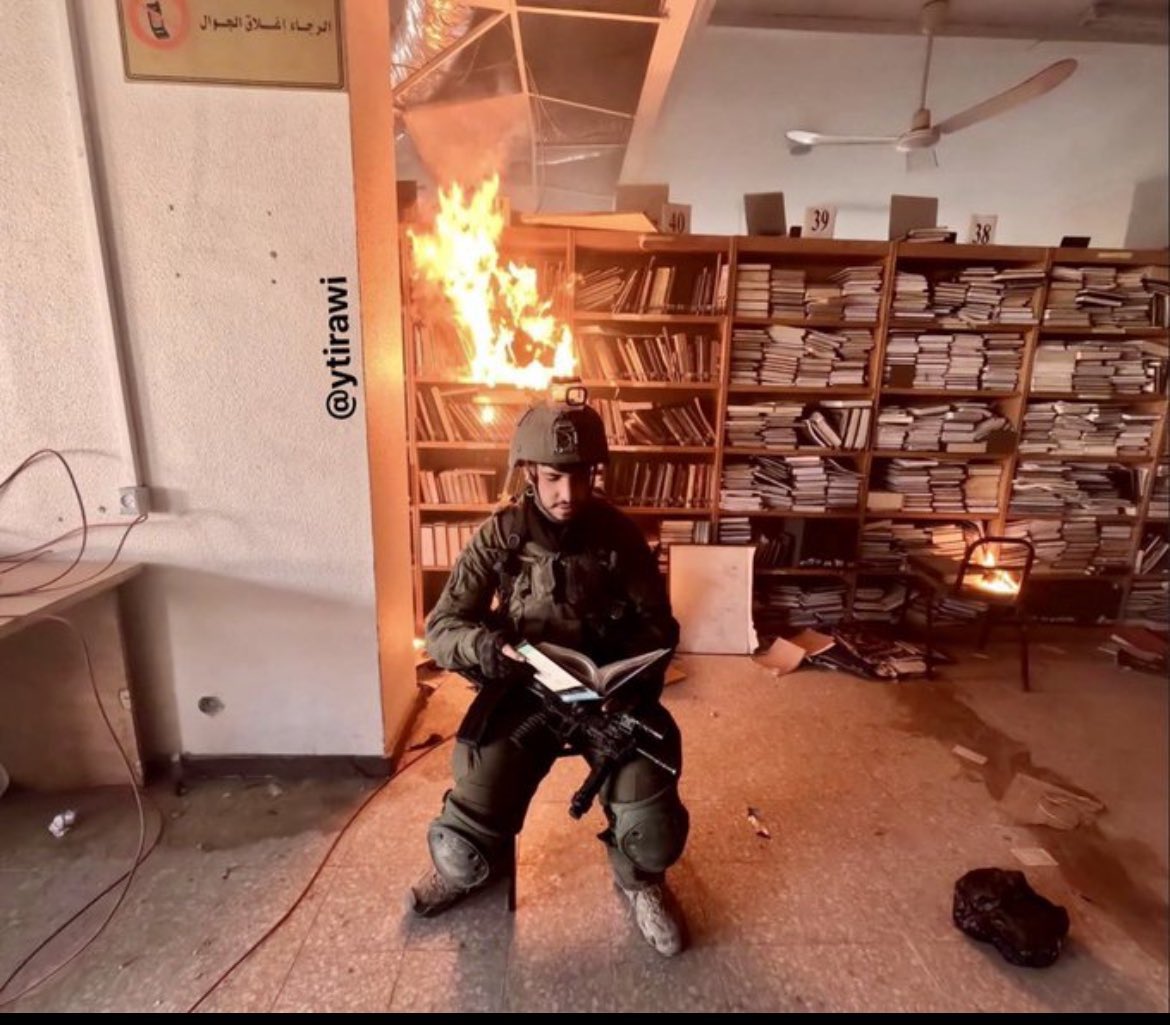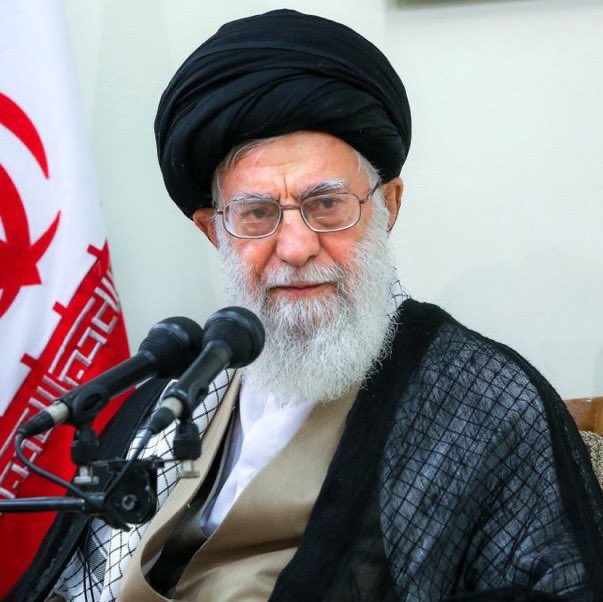
The Central Library of Astan Quds Razavi in Mashhad, Iran, stands as a beacon of knowledge, offering the world of science a priceless collection of rare and ancient manuscripts.
Speaking to Anadolu, the library’s Director Ebulfazl Hasanabadi said: “The Astan Quds Manuscript Library has a 500-year history.”
Describing the library as Iran’s largest manuscript center, Hasanabadi said: “What sets this place apart from other libraries is that the books are either written here or donated and endowed to this institution. Generations have donated books here.”
Hasanabadi explained that, according to their records, three generations from the same family have donated books to the library.
He said that the library preserves over 90,000 manuscripts and more than 50,000 lithographic works.
Including works from other sections in the complex, the number of manuscripts exceeds 120,000, and the lithographic works surpass 68,000, Hasanabadi noted.
Hasanabadi explained that the library houses works dating from the end of the first century of the Islamic calendar to the Qajar period (until 1925).
Works in library
Hasanabadi highlighted that the library contains thousands of copies, sections, and pages of the Quran, making it one of the largest centers of handwritten Qurans in the world.
Underlining that researchers could access the library’s works through its website, he said: “We have more than 20,000 copies of the Quran and sections from the first century of the Islamic calendar until the end of the Qajar period (1925). Including individual Quran pages, this number exceeds 30,000.”
Hasanabadi also said that the “Senan Mushaf” in their collection dates back to the 40s and 50s of the Islamic calendar and is known as one of the oldest Quran copies in the world.
While introducing another copy of the Quran in the library, Hasanabadi said: “The world’s oldest complete Quran, believed to be from the years 80 to 110 in the Islamic calendar, is attributed to Hazrat Ali, the fourth Rashidun caliph who ruled from 656 CE to 661.”
“It is in good condition. The two-volume manuscript, written in the Hijazi (Kufic) script, includes a donation inscription on the first page. Its printed version (facsimile) will be introduced soon,” Hasanabadi noted.
He also noted the library contains thousands of works on literature, medicine, pharmacy, and similar fields.
“There are manuscripts from poets and scholars such as Ferdowsi, Hakim Nizami Ganjavi, Razi, Hafez, Saadi Shirazi, Ibn Sina, and poets from the Qajar period,” he added.
Hasanabadi further explained that the library holds works not only on Islam, medicine, and literature but also on other religions.
“For instance, we have very valuable resources on Zoroastrianism, such as the Avesta and Kata. Torah and Bible are also preserved here,” he said.
“After examinations, it is likely that the Torah manuscripts are from the 4th century (Islamic calendar) and are considered among the finest copies in the library,” he added.







